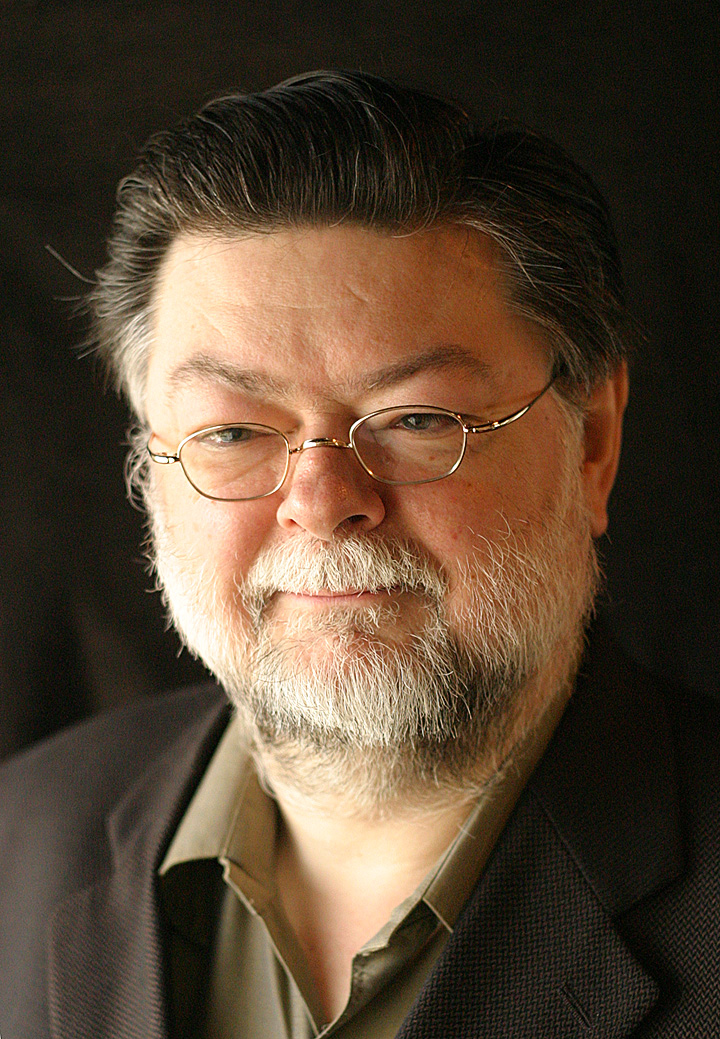Ray DeMallie’s education in anthropology at the University of Chicago emphasized two complementary perspectives: British social anthropology in the tradition of A. R. Radcliffe-Brown as exemplified by Fred Eggan, his dissertation advisor, and American cultural anthropology in the model of the symbolic or interpretive anthropology developed by David M. Schneider and Clifford Geertz. The geographical area of his studies was North America, with an emphasis on Plains Indians; the topical areas of his studies included kinship and social organization, ritual and belief systems, oral traditions, and material culture; the methods of his studies included ethnohistory, linguistic and textual analysis, and symbolism. He began his graduate studies with an investigation of Sioux Indian kinship, a topic that was central to his interests throughout his career. His studies of kinship led inevitably to the structures of social life and the ideologies that support them, which in turn led him to study religion broadly—the fundamental concepts, beliefs, and traditions that underlie the practice of everyday life. A symbolic approach offered him an effective means by which to understand the relationship between social (behavioral) and cultural (ideological) patterns. Because American Indian life has changed so dramatically during the last two hundred years, bringing the Sioux from independent buffalo hunters on the Great Plains to reservation-dwellers dependent on federal and state economies, a historical approach was essential for him to understand the changes in Sioux society and culture over time. He used the ethnohistorical method, attempting to accomplish in his study of the past—through the use of written documents—exactly what anthropologists did in the field during his lifetime. He brought anthropological theories and methods to bear on the documentary sources (not only written ones, but photographs and objects as well) in order to understand the lived realities of previous time periods. This allowed him to reconstruct historical ethnographies of the past as well as to provide the historical background essential to the understanding of the present.
Since 1970 he did fieldwork on reservations in the Dakotas, Montana, and Saskatchewan, where Sioux and the closely related Assiniboine peoples live. Much of his field study was linguistic, recording texts of historical traditions, myths, and tales. His field studies were paralleled by archival, library, and museum studies to discover, edit, and publish major sources on the Sioux and Assiniboine past. Responding to needs expressed by Indian people themselves, he undertook studies for legal cases in support of treaty rights. At the end of his career, in collaboration with Professor Douglas R. Parks, he became involved in projects to teach the Sioux and Assiniboine languages, both on reservations and at IU.
His classes reflected the areas of his studies and frequently were focused on specific projects he was working on at the time. He offered undergraduate classes on North American Indians, as well as graduate seminars on ethnohistory, kinship, symbolic anthropology, history of anthropology, and a variety of American Indian topics. With Professor Parks, he taught Lakota language at both the undergraduate and graduate levels. Through the American Indian Studies Research Institute, graduate students and occasional undergraduates with strong commitment to American Indian studies became directly involved in his research projects, and those of other institute members.

Selected Publications
- 1980 (new ed. 1991) Ed. (with Elaine Jahner) James R. Walker, Lakota Belief and Ritual. Lincoln: University of Nebraska Press.
- 1982 The Lakota Ghost Dance: An Ethnohistorical Account. Pacific Historical Review, 51, no. 4 : 385-405.
- 1984 Ed. The Sixth Grandfather: Black Elk's Teachings Given to John G. Neihardt. Lincoln: University of Nebraska Press.
- 1987 Ed. (with Douglas R. Parks) Sioux Indian Religion: Tradition and Innovation. Norman: University of Oklahoma Press.
- 1992 (with Douglas R. Parks) 1492-1992: "American Indian Persistence and Resurgence." In Plains Indian Native Literatures. boundary 2, vol. 19, no. 3, pp. 105-47.
- 1993 "These Have No Ears: Narrative and the Ethnohistorical Method." Ethnohistory 40, no. 4 : 515-38.
- 1994 Ed. (with Alfonso Ortiz) North American Indian Anthropology: Essays on Society and Culture. Norman: University of Oklahoma Press.
- 1999 (Editor, with Vine Deloria, Jr.) Documents of American Indian Diplomacy. 2 vols. Norman: University of Oklahoma Press.
- 2001 (Editor) Handbook of North American Indians, Volume 13: Plains. William C. Sturtevant, general ed. 2 vols. Washington: Smithsonian Institution.


